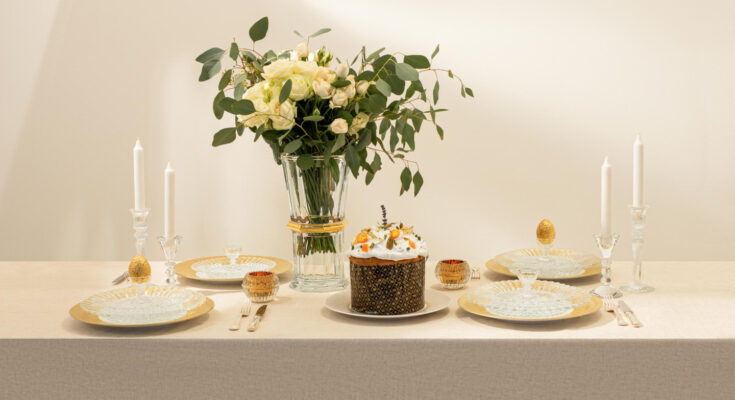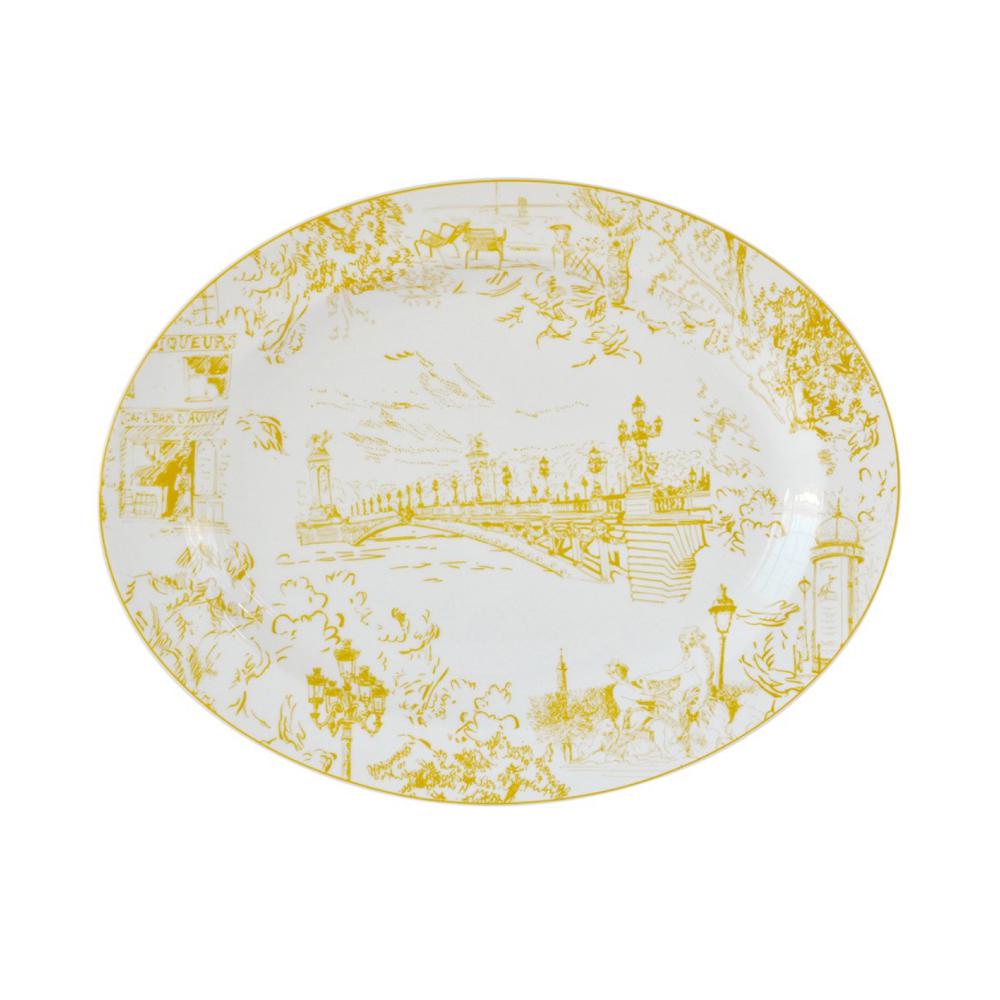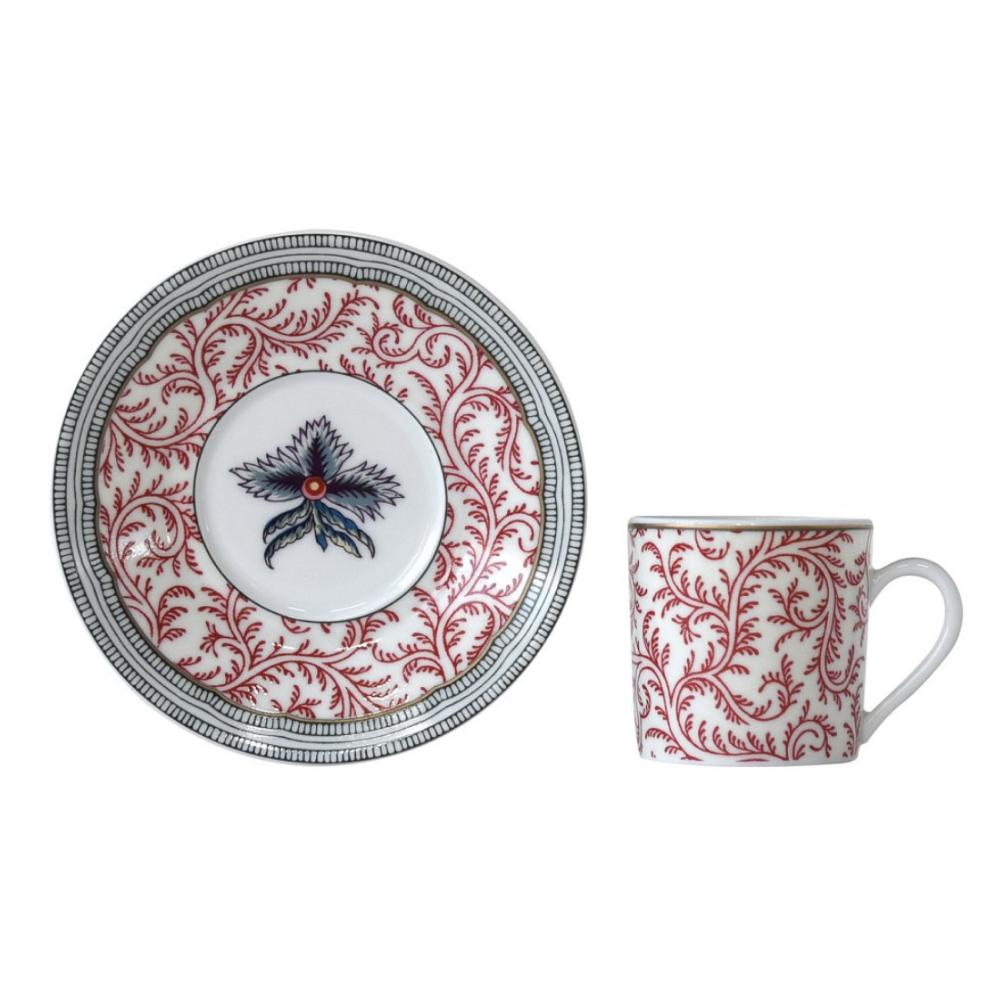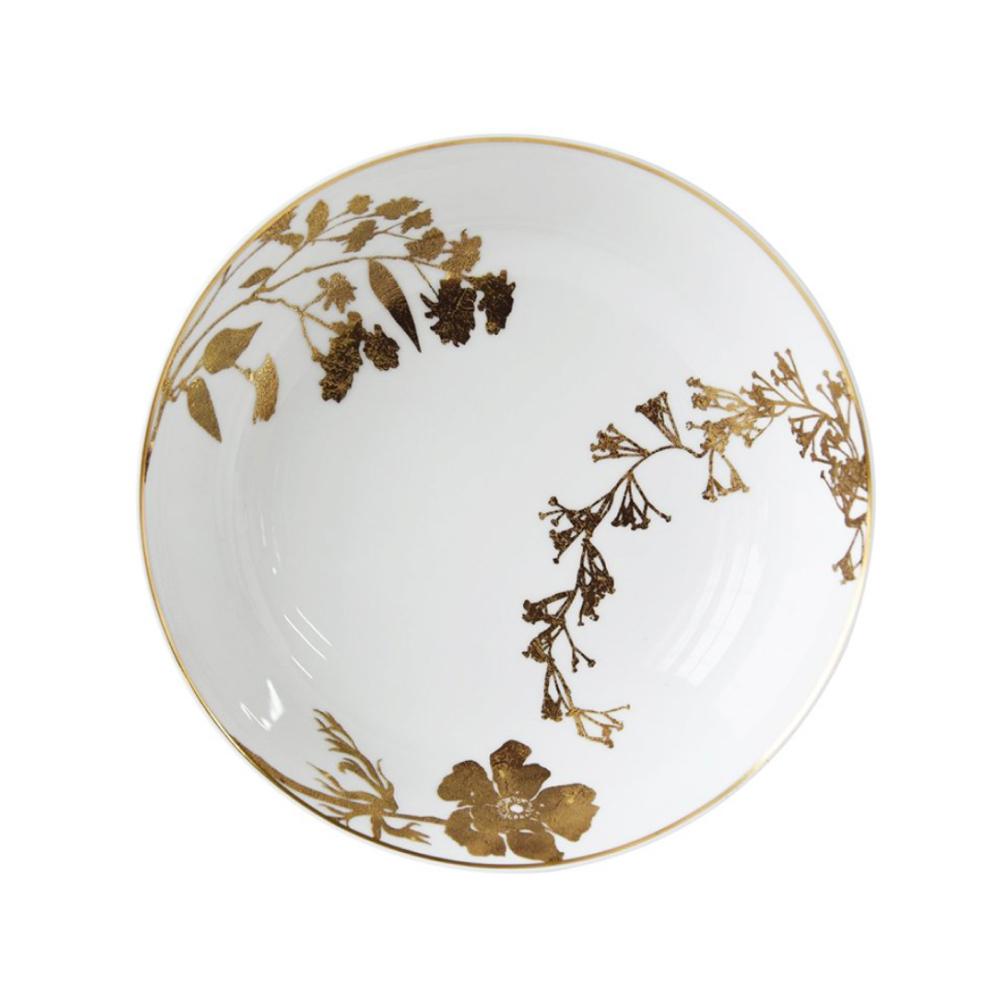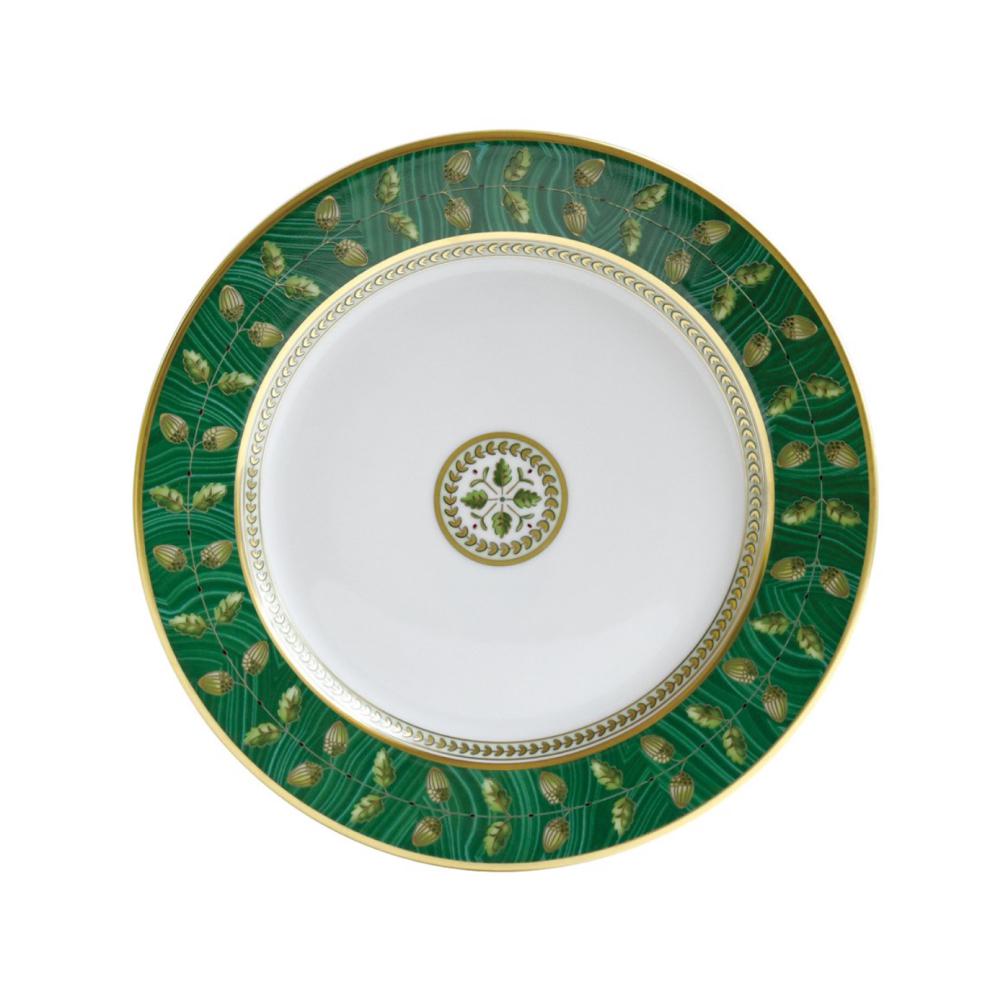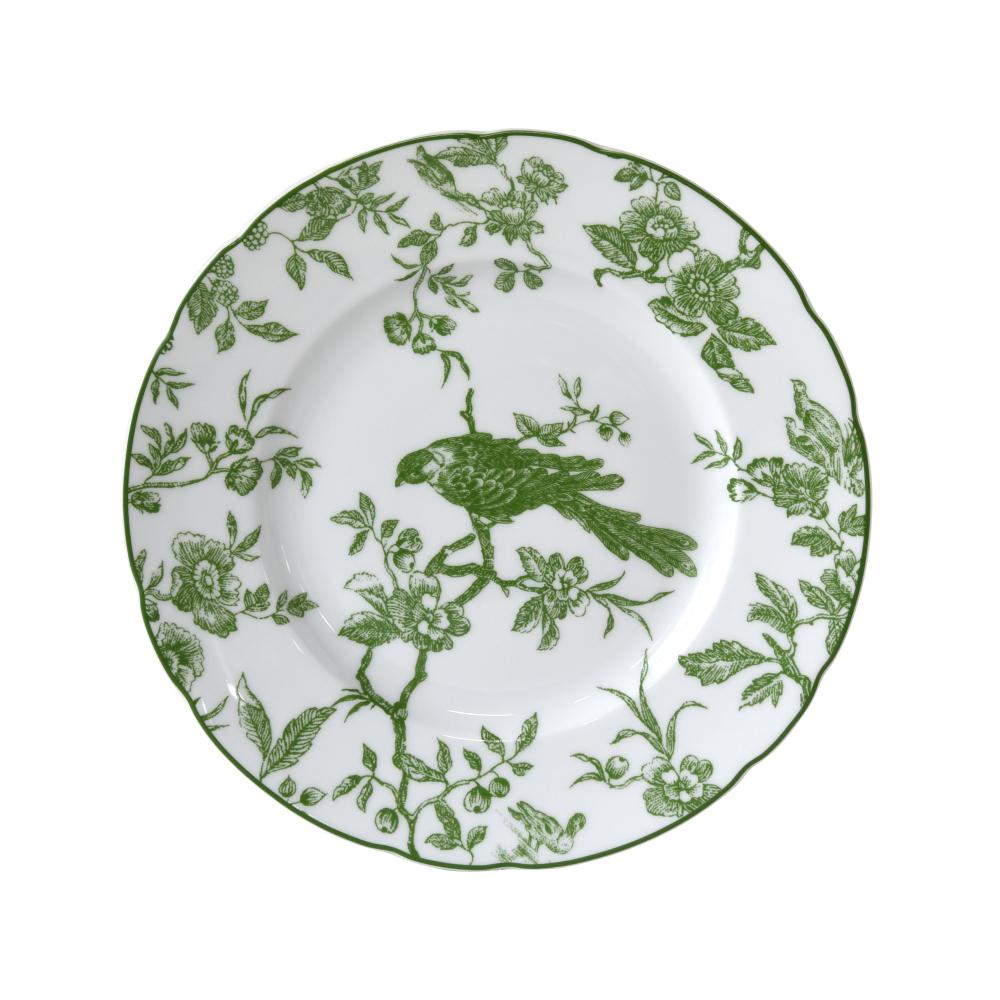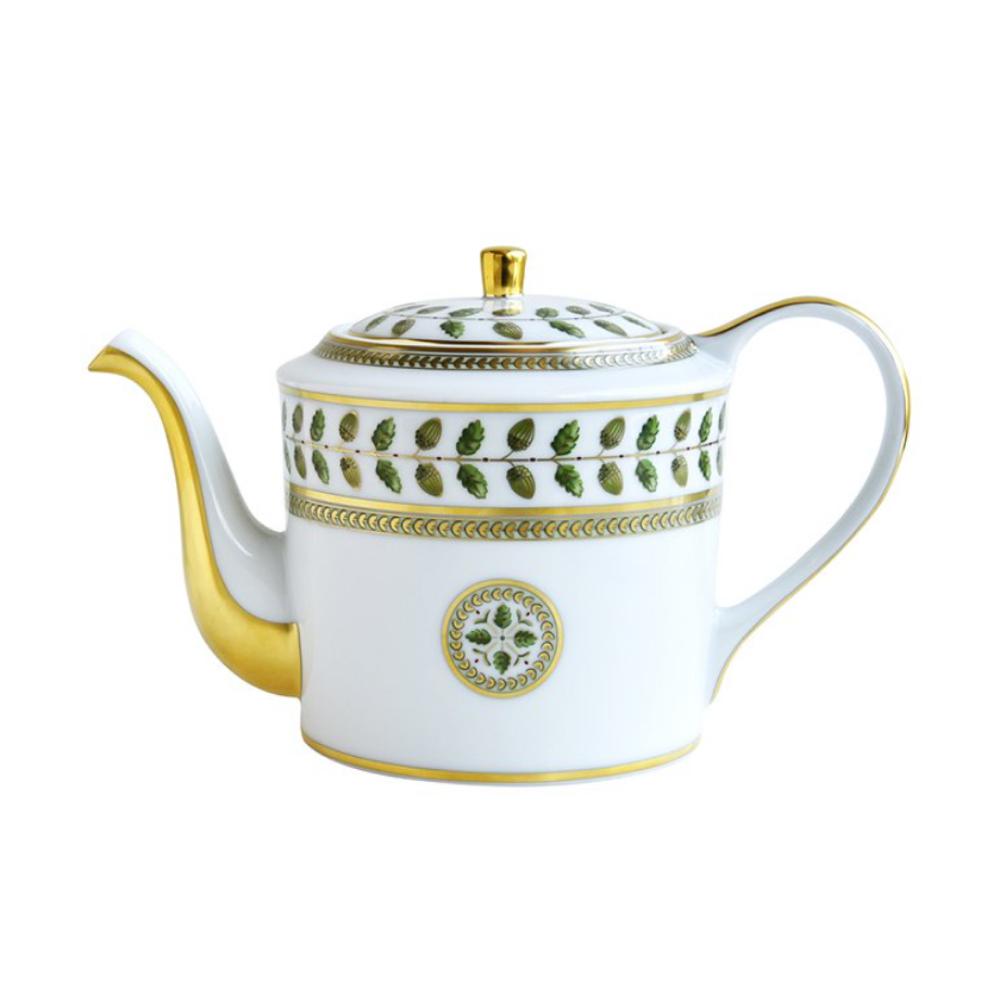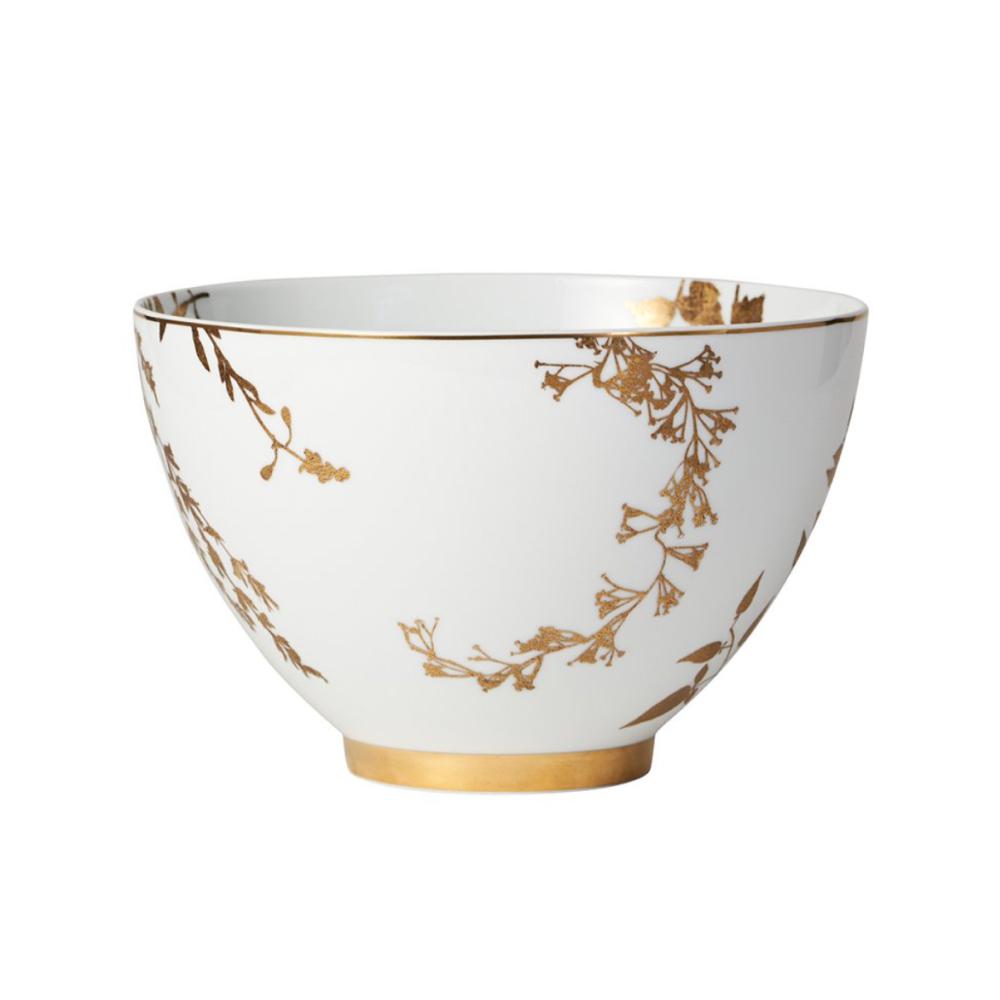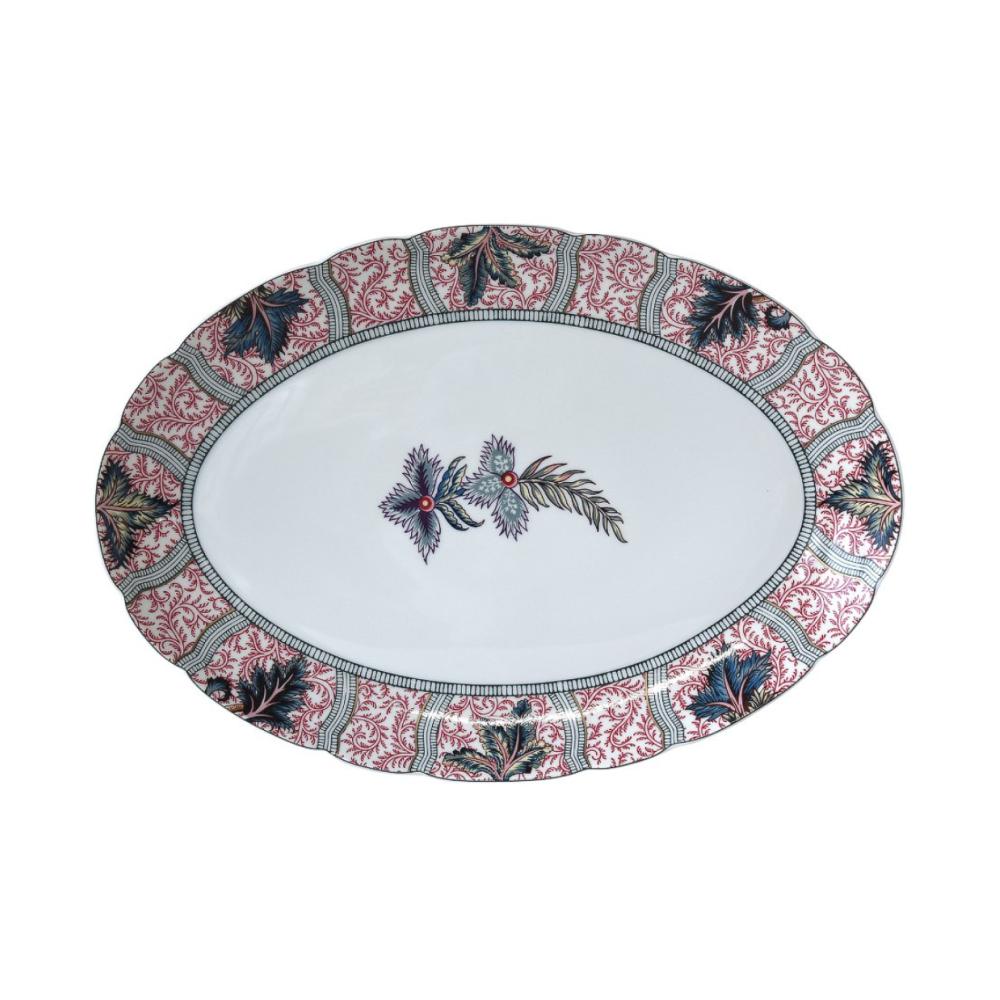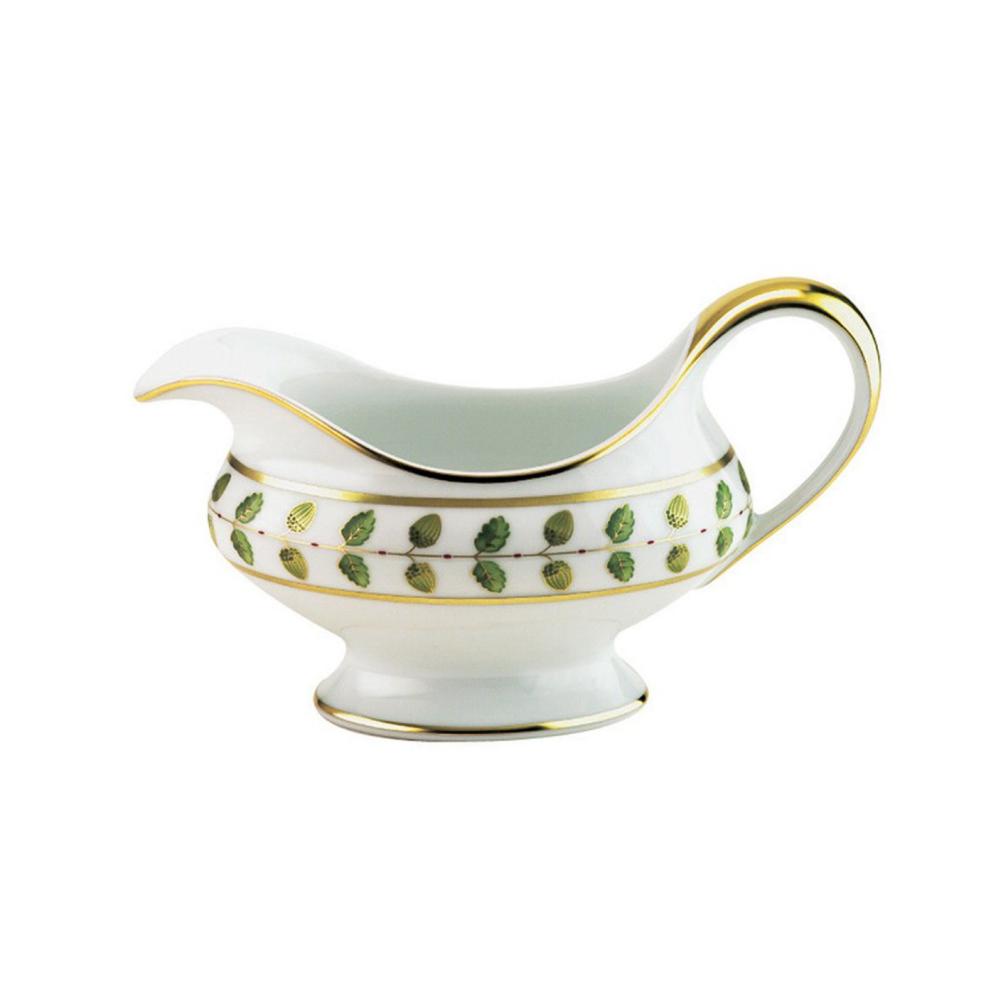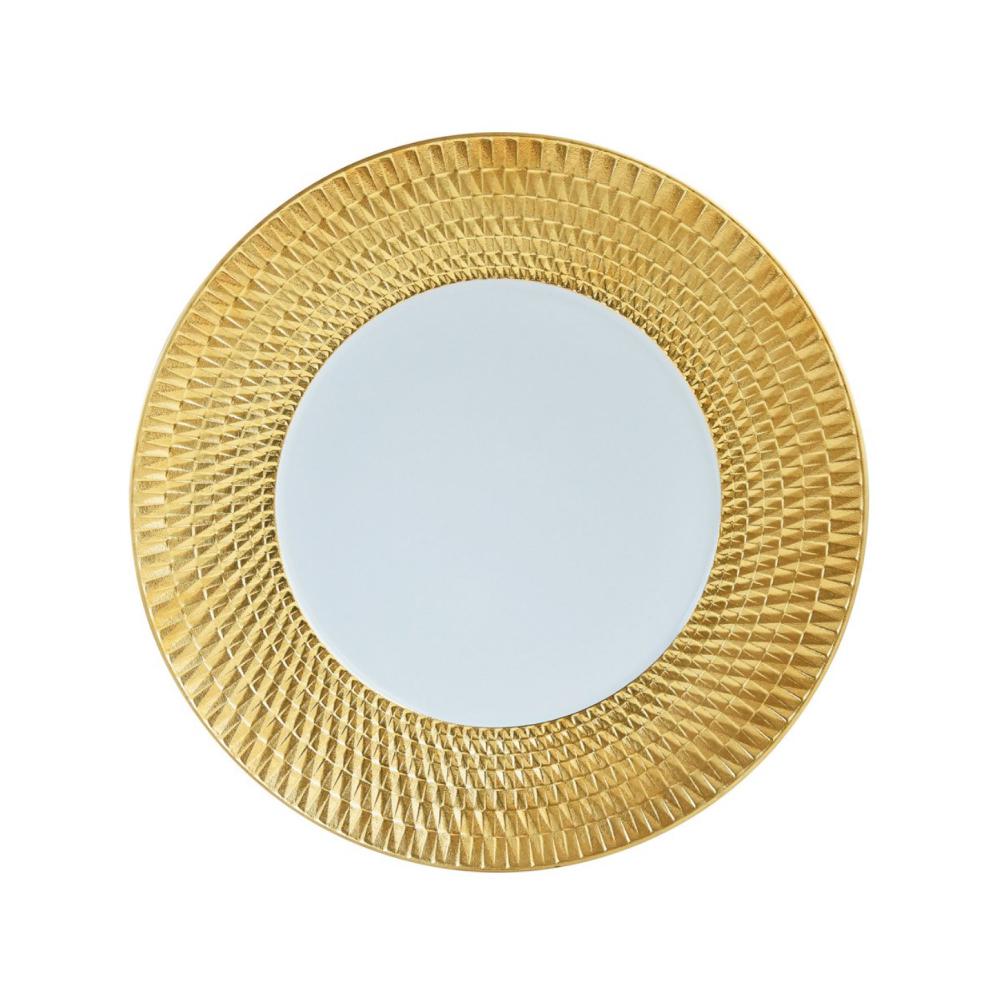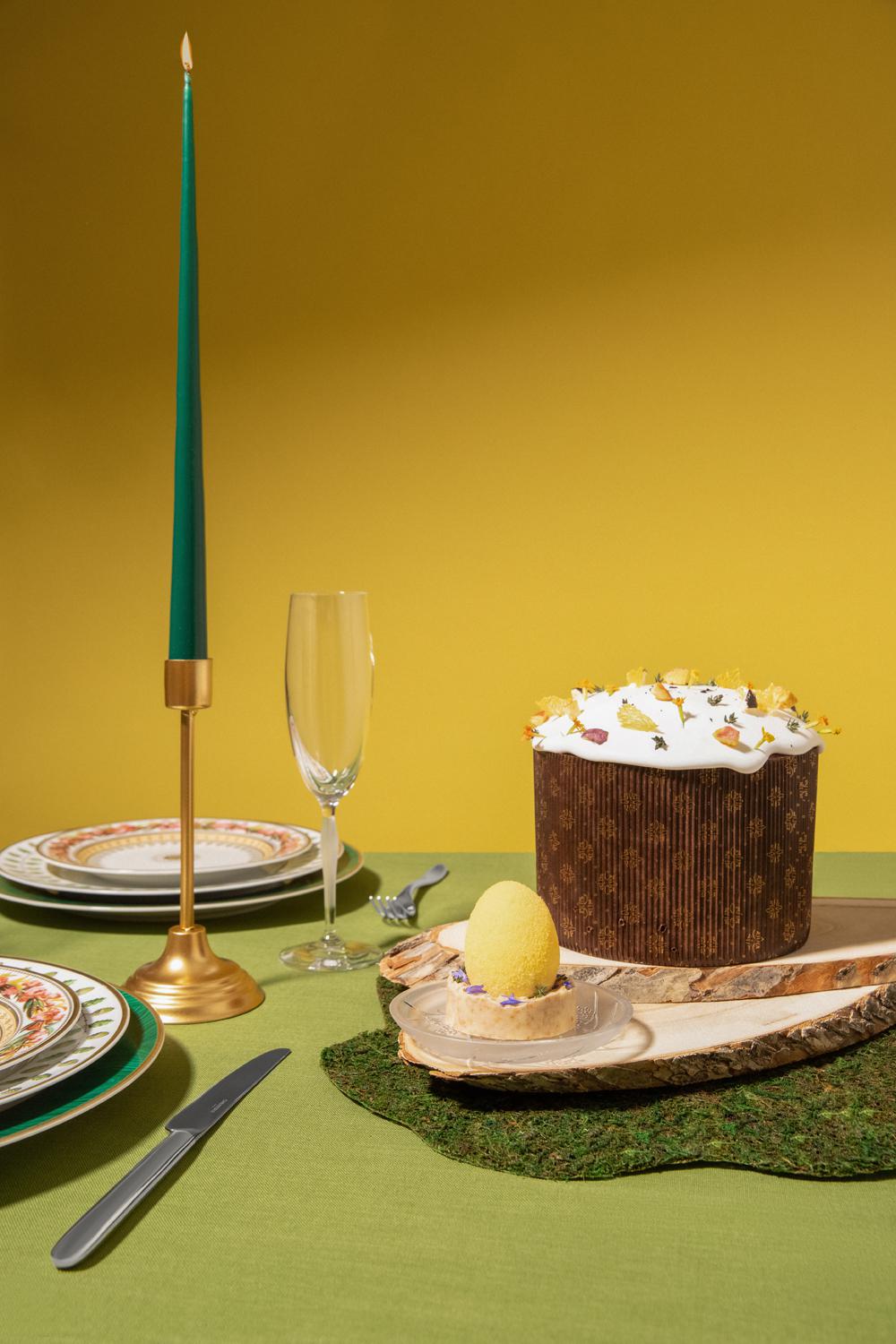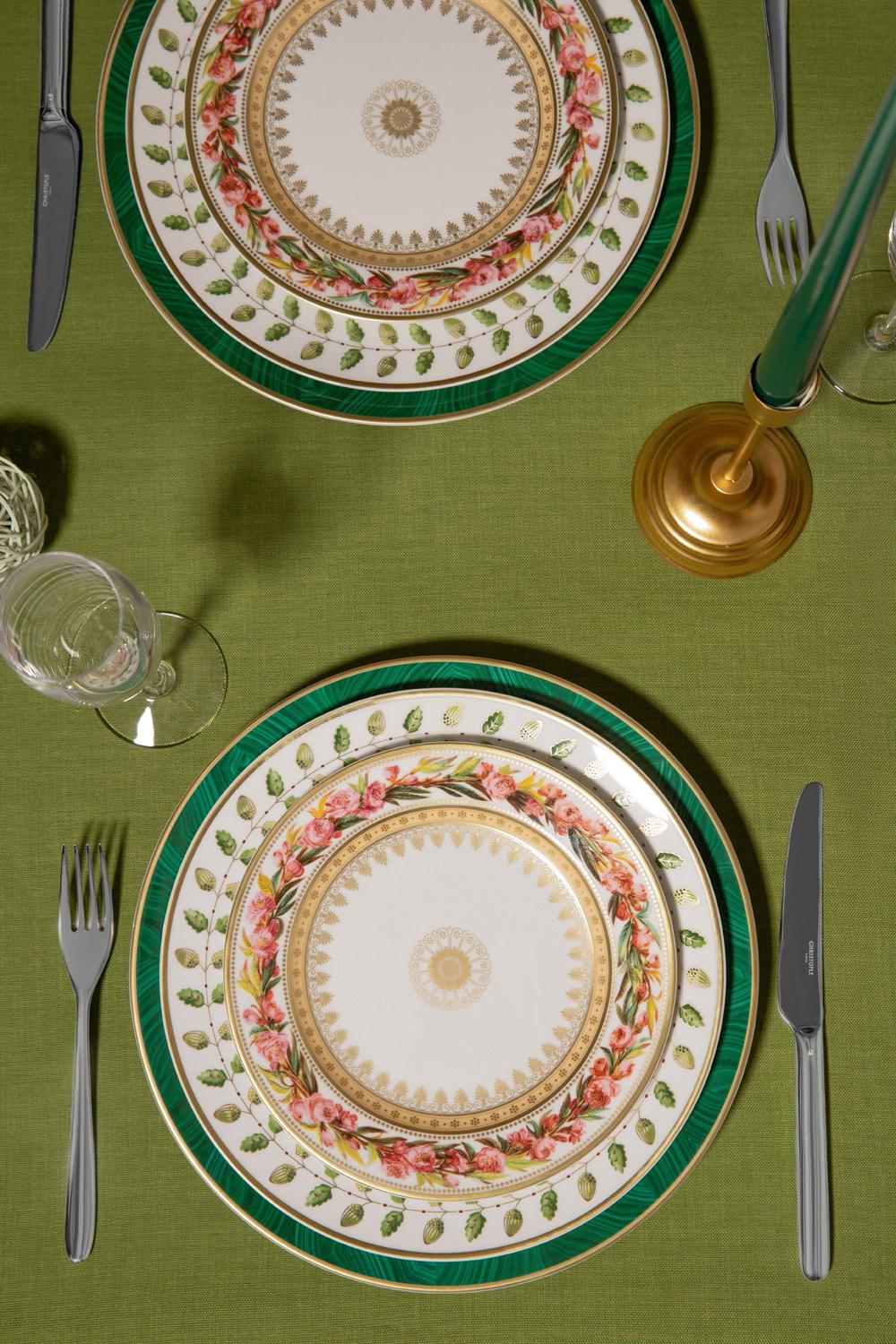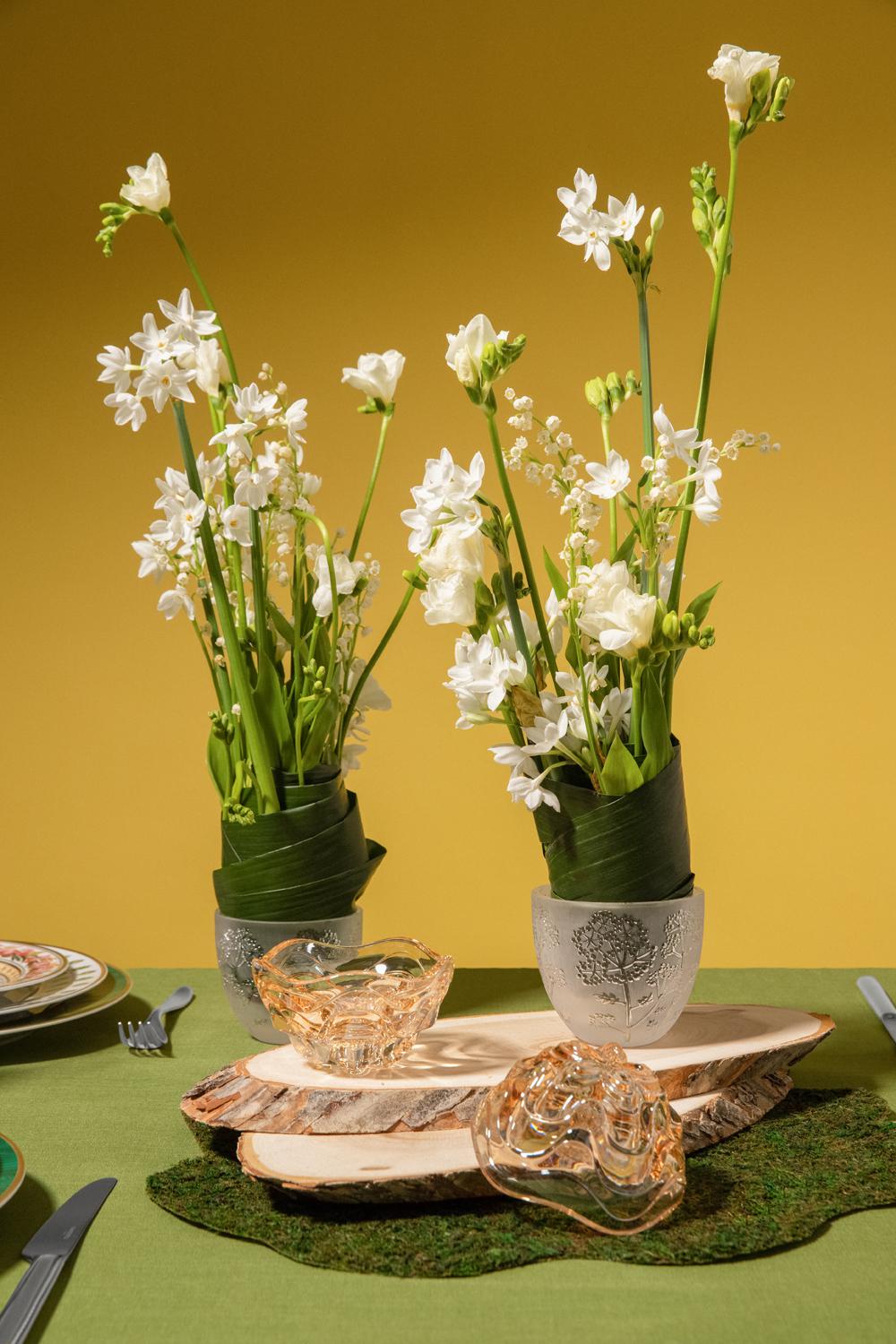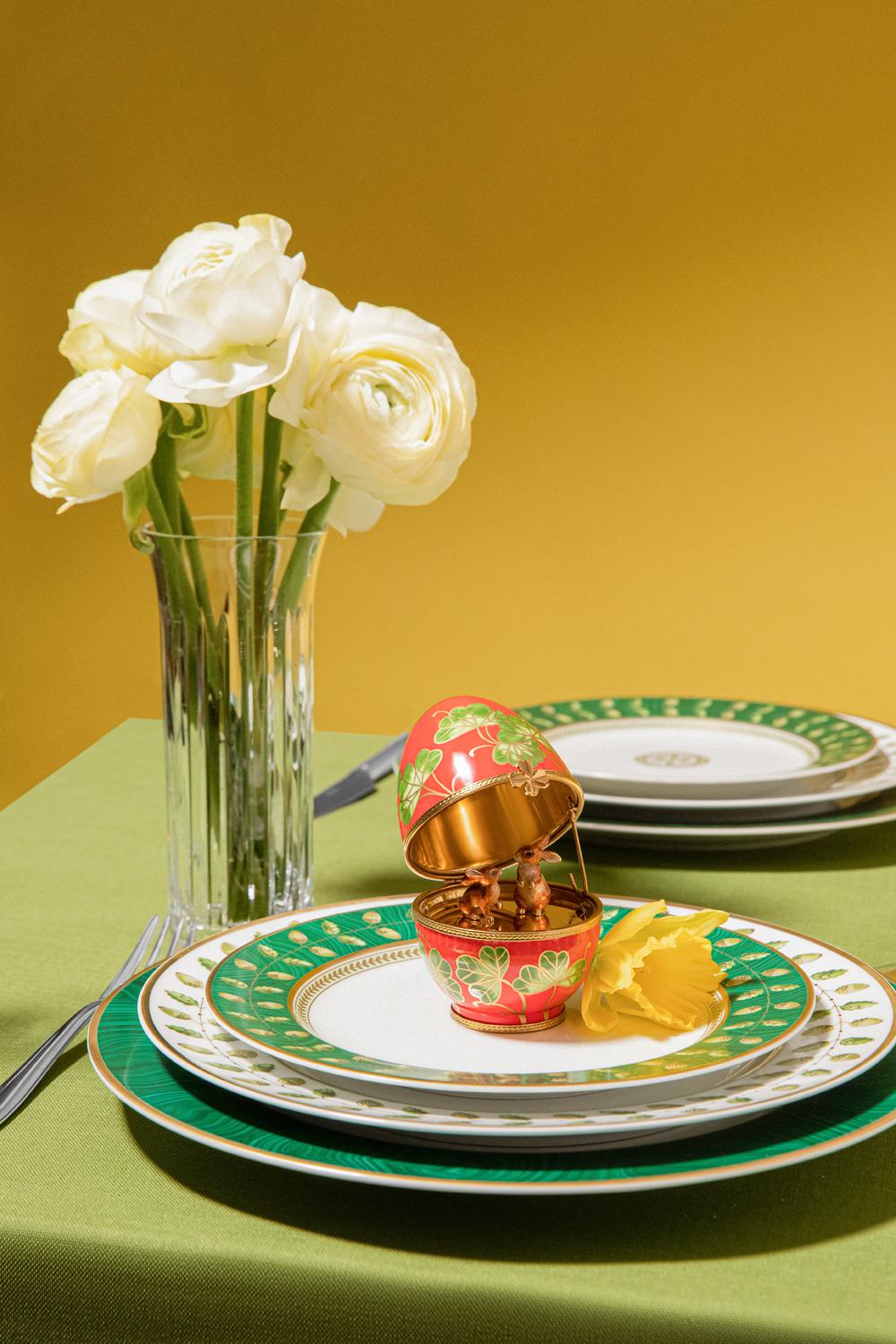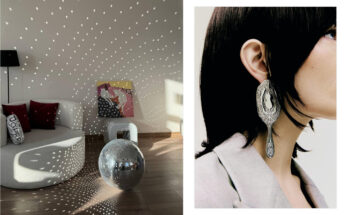History of Easter table setting
Easter is the main Orthodox holiday, for which in the old days they prepared thoroughly. The hospitable hosts covered the table with a white tablecloth, decorated it with real or paper flowers, willow branches and placed a dish with sprouted wheat in the center, and they could serve almost fifty dishes. In Europe at the beginning of the 20th century, the white tablecloth did not lose its relevance, and the table began to be decorated with even more flowers. Konstantin Verigin, who emigrated from the Land of the Soviets, in the book “Fragrance. Memoirs of a Perfumer” (in Paris he became a perfumer for Chanel) recalled how preparations for the holiday went on: “On Saturday, the dining room and living room were filled with flowers. Slender trees of blooming white lilacs, pink tulips, and baskets of hyacinths were brought in. In my mother’s icon case and in our children’s, lamps were lit in front of the icons. The table in the dining room was extended to accommodate twenty cutlery, covered with a thin, dazzling white tablecloth, and furnished with the best dishes that were rarely used. There was a calm in the house.”
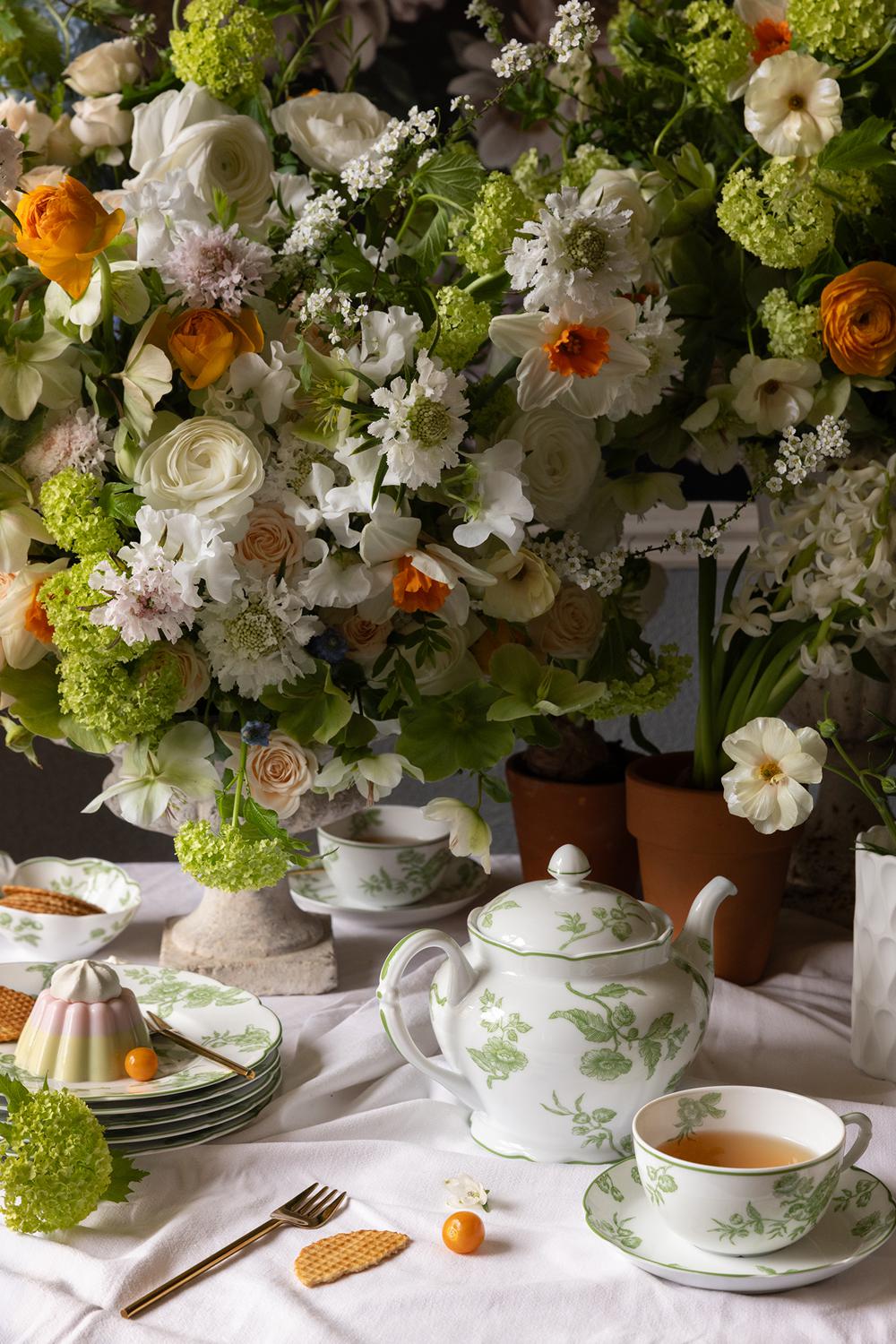
The famous culinary writer William Pokhlebkin, in his book about European gastronomy of the last century, “Kitchens of the Century,” describes the Easter feast in detail. The table was set an hour or two before the start, with snacks, alcoholic drinks, bread, and seasonings. The eggs were tasted either at the end of the appetizers, or the hosts gave them away at the end of the celebration. Then came the turn of the hot dish. These were only meat dishes – the fish ones remained in the “boring” Lenten table. At the very end of the festive feast, sweets were served: “first jelly, then baba, tea and, finally, Easter, Easter cake as the finale of the celebration,” writes Pokhlebkin.
Today, you can increasingly see the Easter bunny on the holiday table as an additional decoration. If earlier, as a rule, they decorated tables for Catholic Easter, now it is increasingly used as an additional bright detail in Europe. The appearance of the rabbit at Easter is rooted in the history of Western Europe. According to scientists, the Easter bunny came from ancient German folklore: the Teutons revered the goddess of spring and fertility Eostra (Astarte), followed by rabbits with lamps. The deity was also revered by the pre-Christian Anglo-Saxons. The name of the goddess among the English and Germans is Easter or Osterhase, and the hare is called Easter Bunny (“Astarte’s hare”). In the 18th century, German immigrants brought Easter traditions to the United States. This is how the custom arose of giving children marzipan bunnies for Easter and decorating the table with funny figurines.
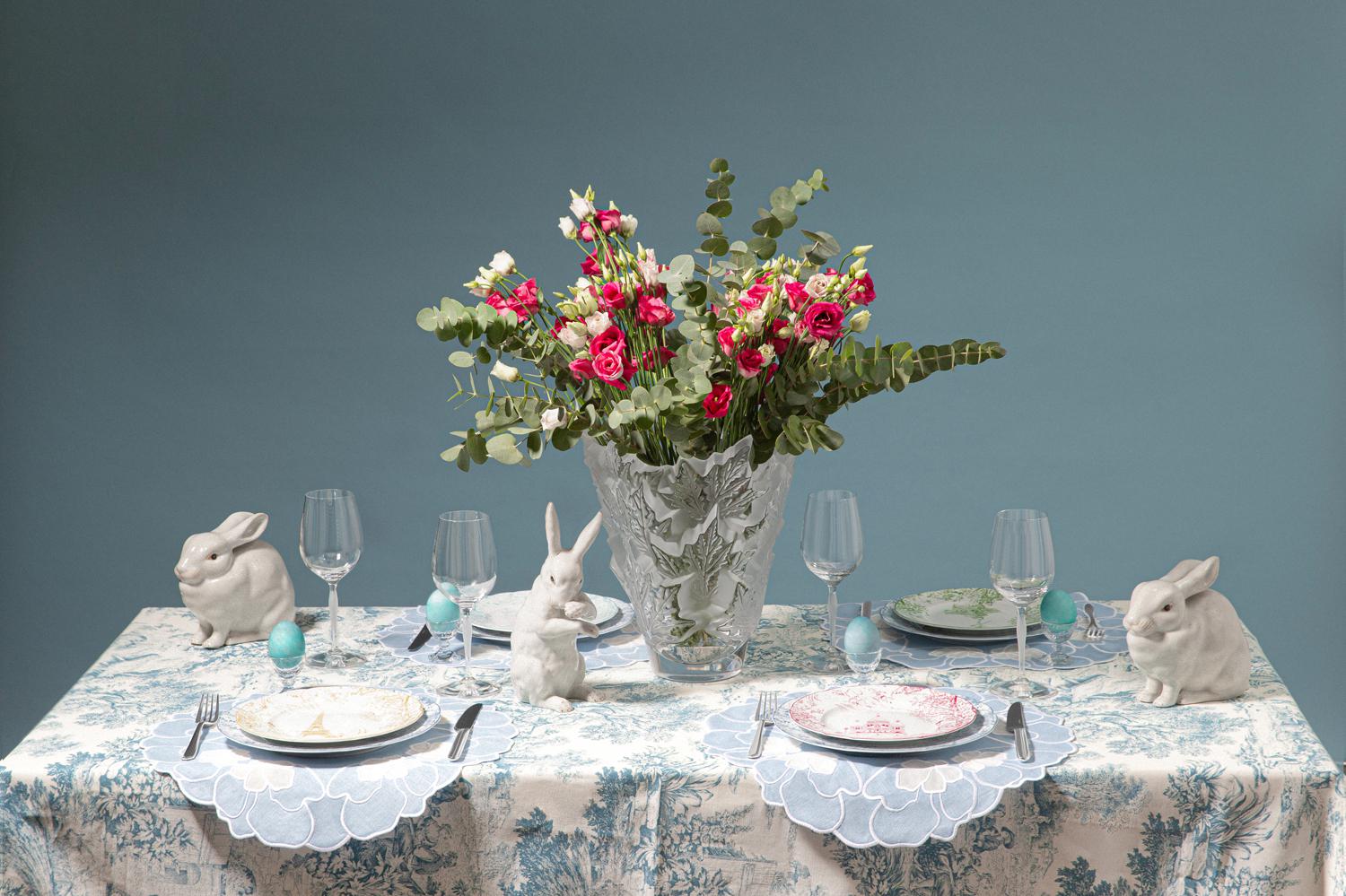
Which brand and decor to choose
The Bernardaud brand will be an excellent help for a variety of serving options. This family-owned manufactory from Limoges has specialized in porcelain since 1863. The company's assortment is impressive: vases, furnishings, sconces, candlesticks, lamps, decorations. Year after year, the brand increases its production volume. The company is part of a group of famous French trading houses and, as a member of the Colbert Committee, is involved in the popularization of French crafts in the world.
The brand has a keen sense of fashion trends and skillfully combines traditions and modern ideas in its collections. Bernardaud often invites artists to collaborate, including Kees Van Dongen, Bernard Buffet, Cesar, Roy Lichtenstein, Raymond Loewy, Olivier Gagnaire, Hervé Van der Streten, Jeff Koons, Michael Lean, brothers Fernando and Humberto Campana. Director David Lynch also collaborated with the brand.
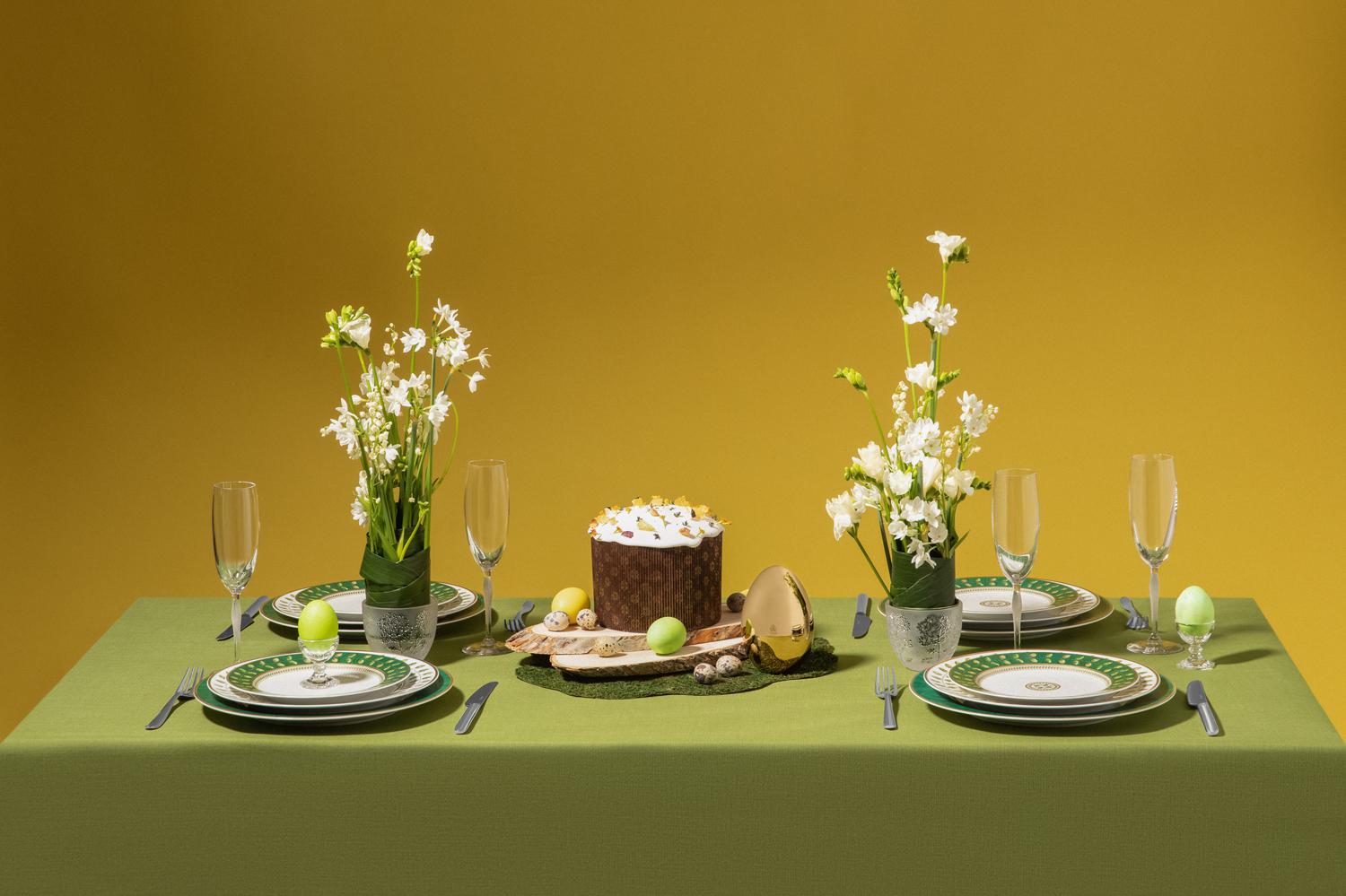
Stylists have chosen several Bernardaud collections that will help you set the Easter table in different styles. Since natural materials, environmental friendliness and a laconic style, not without bright accents, continue to be relevant this year, you can focus on three decor styles: minimalist Scandinavian, traditional pastoral and luxurious with gold and a play of shades. Each of them offers several serving options.
Laconic style
Despite its minimalism, the Scandinavian style allows for many variations. For example, you can mix shades of lemon, honey, and herbaceous to make the classic table setting sparkle in a new way. When choosing Scandi, it is important to preserve tactile sensations with the help of natural fabrics, jute, transparent glass and wooden accessories.
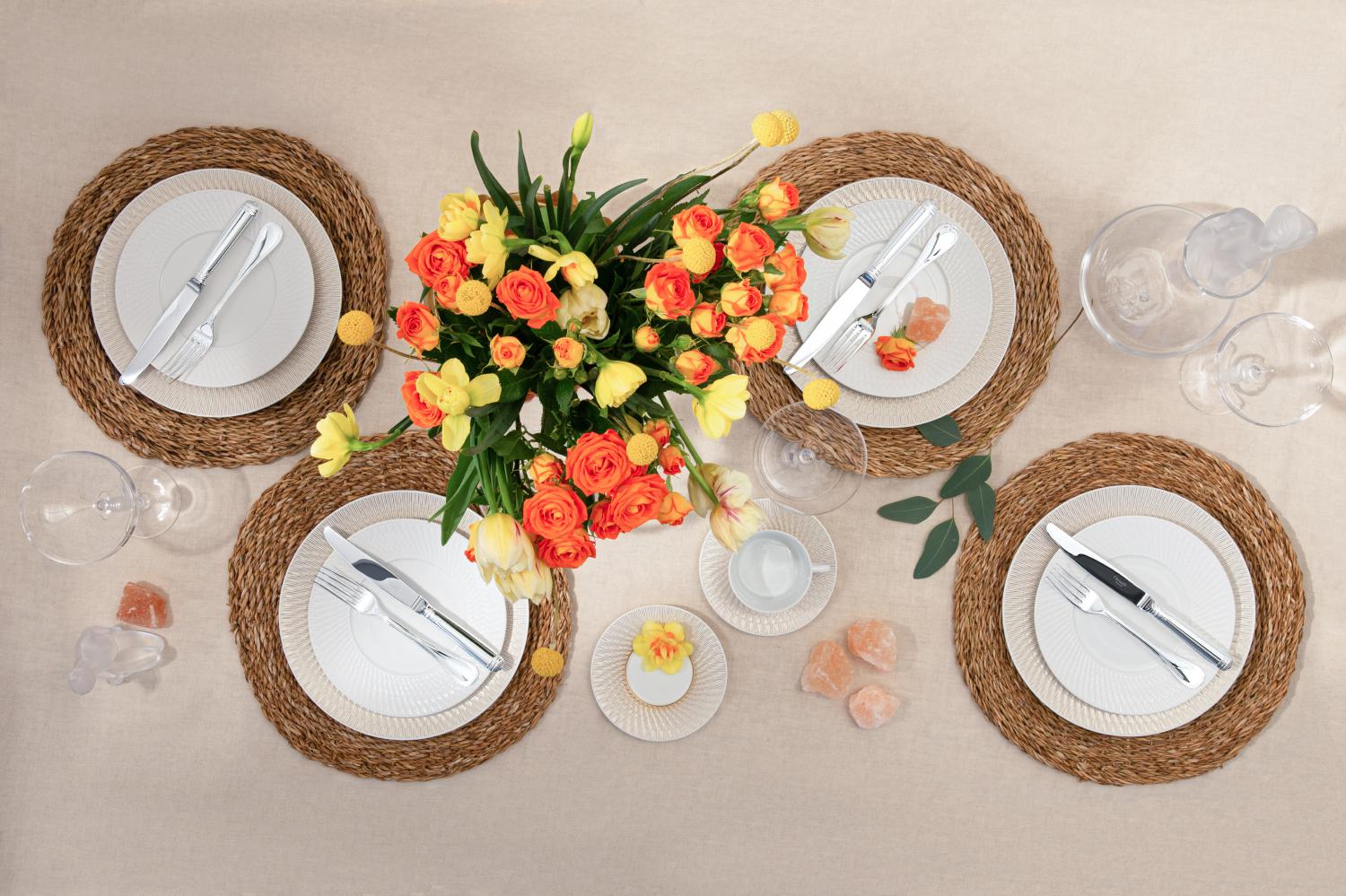
What kind of dishes are best to choose for this type of serving? Plates decorated with a variety of leaves will work just fine. For example, in the collection Constance The accent pattern represents acorns, oak and bay leaves. Natural motifs are played out delicately, and rich shades successfully emphasize the whiteness of the porcelain. The grassy color is complemented by splashes of berry shades, and the composition is completed by shining gilding.
In the collection Vegetal Gold the emphasis is on golden leaves. The drawing is made using a special relief technique. Each piece of the service is decorated with leaves that are not repeated and at the same time complement each other perfectly. In order not to overload the table setting, you should choose a snow-white tablecloth without a pattern and just…
Teknede tatil keyfi için SuperTekne.com‘dan Göcek Tekne Kiralama hizmeti alabilirsiniz. Göcek Yat Kiralama, İstanbul Tekne Kiralama hizmetlerini en iyi hizmet ve uygun fiyat ile vermektedir.
Hair Transplant Istanbul, DHI Hair Transplant
Regal Dent provides dental implants, smile design, porcelain and zircon dental veneers and hollywood smile dental services in Istanbul.You can contact Regal Dent fo Dental Implant Istanbul, Hollywood Smile Istanbul and Porcelain Laminate Veneers.

